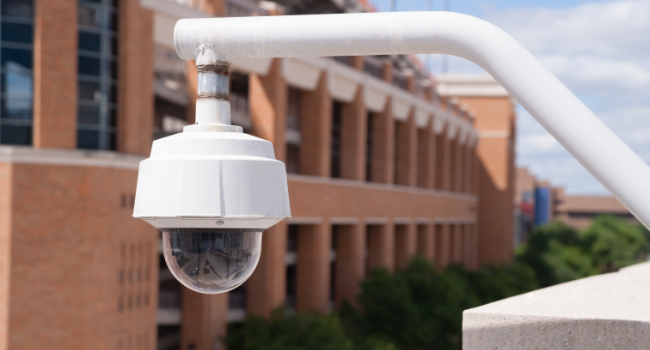
96% of Parents Want to Mandate Camera Sharing During Emergencies in K-12 Schools
An overwhelming majority (96%) of parents in the United States support a mandate requiring schools to share security cameras with 911 Communications Centers during emergencies, according to a survey of K-12 parents. A federal mandate was preferred by 56% of parents, 29% wanted a community-level requirement, and 11% favored a school district mandate.
Camera Sharing is a new technology that gives Emergency Communication Center telecommunicators (911 professionals) instant access to security cameras during an emergency, empowering them to deliver critical incident information to first responders.
As the election draws near, both Democrats (93%) and Republicans (91%) agree tax dollars should be allocated to fund activation of camera sharing technology in K-12 schools.
Key findings include:
- 96% of parents support a mandate requiring K-12 schools to share security camera feeds with Emergency Communications Centers during active shooter scenarios or similar emergencies
- Of the 96% of parents who favor a camera sharing mandate in schools, 56% prefer a federal mandate, 29% want a community-level requirement, and 11% favor a school district mandate
- 90% of those surveyed support allocating existing tax dollars to enable public K-12 schools to activate technology for 911 telecommunicators to access real-time security camera feeds in emergencies
- Allocating tax dollars to support a camera sharing mandate is supported by 91% of Republicans surveyed and 93% of Democrats surveyed
- 86% of parents feel safer with a security system enabled for live video communication with a 911 telecommunicator
- Almost 80% of respondents feel live-feed visibility into schools via security cameras will save lives during active shooter events
School leaders and public safety officials say camera sharing can help quickly deliver critical information when time is of the essence.
Damon Grant, Co-principal of Oakland Unity Middle School, Oakland, Calif., said “The Eagle Eye Networks 911 Camera Sharing solution we’ve implemented gives first responders critical information in real-time to guide their response to an emergency in our school. The presence of this technology serves as a silent guardian, ready to act if needed, but a resource we hope we will never need.”
Bill Maverick, a security consultant and retired NY State Police Special Operations Supervisor with expertise in active shooter response training, said, “First responders often approach the scene of an emergency with very little information about the whereabouts of suspects, innocent bystanders, and the physical layout of the scene. In addition, emergency situations are not static, they’re dynamic, changing from minute to minute. Having telecommunicators feed ongoing real-time information to first responders during an active shooter incident is a game changer, with the potential to dramatically improve outcomes, and save lives.”
Eagle Eye Networks CEO Dean Drako said, “The public safety experts, school officials, and parents have spoken: There’s resounding support for getting schools across the country to utilize camera sharing technology that will speed up emergency response and increase safety for children, educators, and first responders.”
Commissioned by Eagle Eye Networks, the survey was conducted by Propeller Insights, a Los Angeles-based market research firm. A total of 1,034 parents of K-12 students in the U.S. were surveyed between May 26 and June 5, 2024.